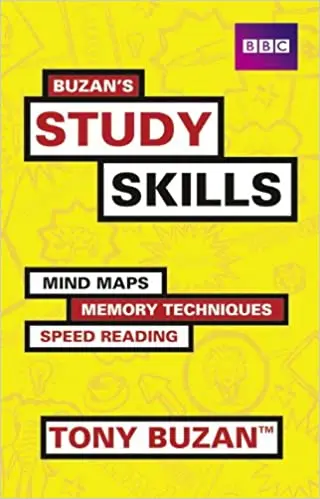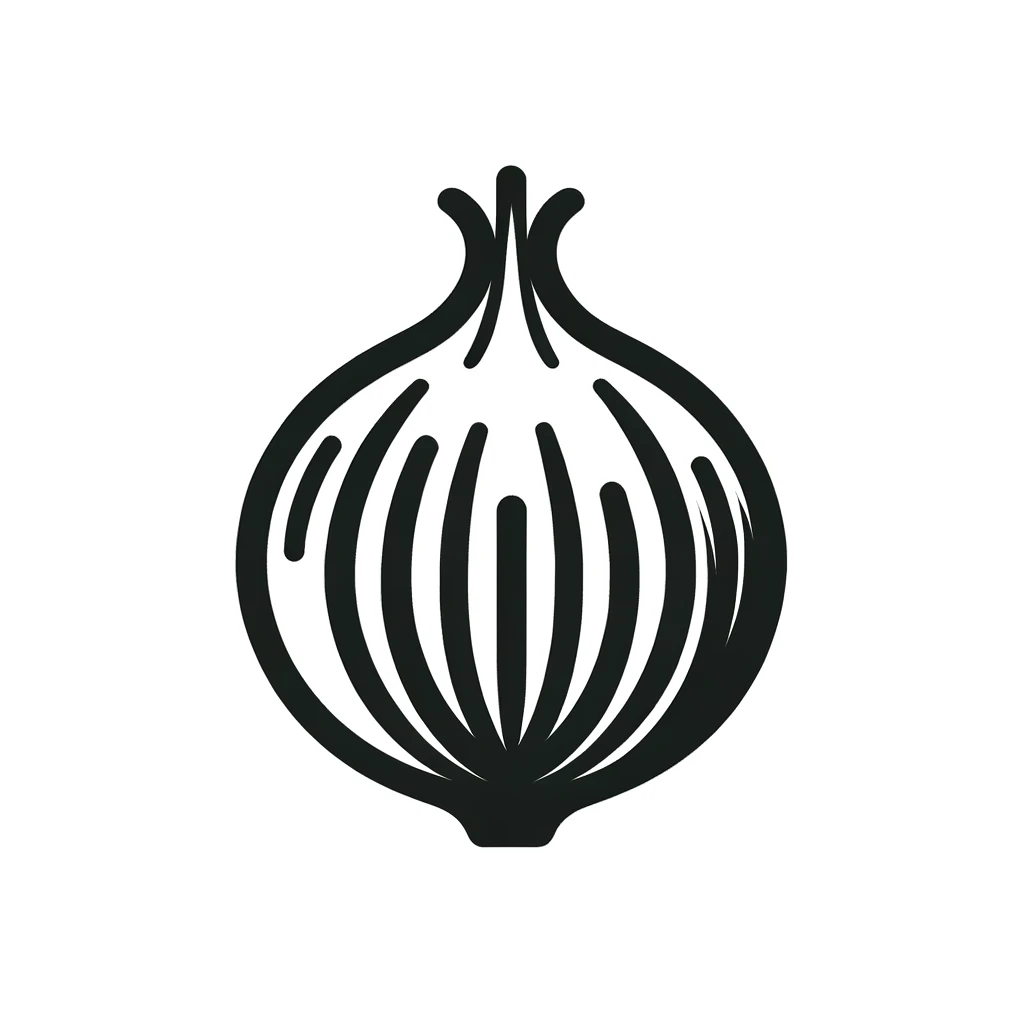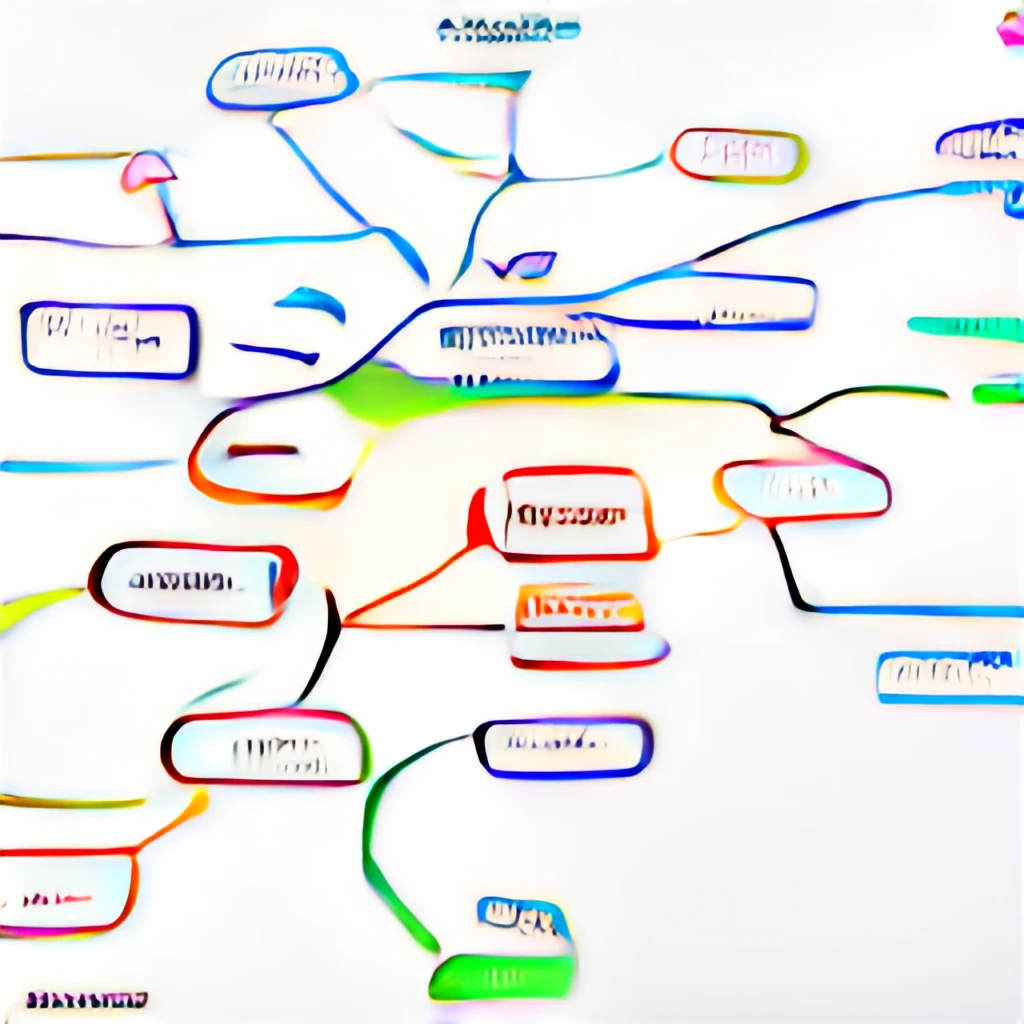A mind map is an organizational thinking tool used to visually represent ideas and concepts. It is a diagram in which the main ideas are represented in the center, and from these ideas branch off into secondary ideas. Mind maps are commonly used as a way of organizing and understanding complex information, and can also be used to generate new ideas and creative solutions.
What are mind maps used for?
Mind maps are primarily used to organise thinking and information in a visual and structured way. This tool can be useful in a wide variety of contexts, for example:
- To study and understand complex concepts
- To plan projects and tasks, e.g. for the definition of a briefing
- To generate new ideas and creative solutions
- to solve problems in a logical and systematic way
- to present information in a clear and concise way
Mind maps can also be a very useful tool in learning, as they allow learners to represent in a visual and easily understandable way the information they have acquired. This can help them to remember and understand the subject matter better, and also to develop skills such as critical thinking and problem solving.
Origins of mind mapping
Mind mapping was developed by British educational psychologist Tony Buzan in the 1960s. Buzan was inspired by the work of other psychologists and philosophers who had studied the structure of thought and how ideas relate to each other. From this inspiration, he developed the idea of a diagram in which the main ideas are represented in the centre, and from them branch off into secondary ideas. Buzan published his first book on mind mapping in 1969, and since then this tool has been used in a wide variety of contexts.
Tony Buzan’s first book on mind mapping is entitled “Use Your Head”. This book was published in 1969 and in it Buzan presents his theory on the structure of thought and how mind maps can be used to organise and understand information. In this book, Buzan also offers a number of practical tips on how to create mind maps and how to use them in different situations. Over the years, Buzan has published several other books on mind maps and other tools for organising thought.

How do you design a mind map?
There are different ways to design a mind map, but in general you can follow these steps:
- Choose a central theme or concept for the map. This will be the starting point and should be a key idea or concept that summarises the topic you want to address.
- Identify the main ideas that relate to the central theme. These are the ideas that will branch off from the central point.
- Write each of the main ideas in a small box or circle, and connect each of them to the central point with a line.
- Next, identify the secondary ideas that relate to each of the main ideas. Write each of these ideas in boxes or circles, and connect them to their corresponding main idea with lines.
- If necessary, keep branching the secondary ideas until you have represented all the information you want to include in the map.
- Add colours, images and other visual elements to make the map more attractive and easier to understand.
It is important to remember that mind maps are a tool for organizing your thinking and do not have to follow a rigid format. You can experiment with different ways of designing your map and find the one that best suits your needs and the information you want to represent.
Tools for mind mapping
There are many digital tools that can be used to create mind maps. Some of the most popular are:
- MindMeister: is an online tool that allows you to collaboratively create and share mind maps. It has an easy-to-use interface and a wide variety of design options.
- XMind: is a desktop application that allows you to create mind maps and other diagrams quickly and easily. It has different themes and predefined styles, and also allows you to add images and other visual elements.
- Coggle: is an online tool for creating mind maps and other diagrams collaboratively. It has an intuitive interface and allows the maps to be exported to different formats.
- MindNode: is a desktop and mobile application that allows you to create mind maps quickly and easily. It has different themes and predefined styles, and also allows you to add images and notes.
- Bubbl.us: is an online tool that allows you to create mind maps easily. It has different themes and predefined styles, and also allows you to add images and colours to make the maps more attractive.
These are just some of the digital tools available for mind mapping. You can explore the different options and choose the one that best suits your needs and preferences.

